Monitoring vibrations at construction, mining and blasting sites is crucial to prevent damage to property and structures, and to comply with local, state and federal regulations. When it comes to the equipment used to measure the vibrations created by these activities, users have several options from which to choose.
Micro-Electro-Mechanical Systems (MEMS) Accelerometers
While traditional vibration monitoring devices utilize geophone sensors, we have come across some new, less experienced manufacturers who are touting Micro-Electro-Mechanical Systems (MEMS) accelerometers as the modern replacement for the geophones.
Those who promote MEMS accelerometers for the construction and blasting industries assert that these small and lightweight devices perform better than traditional geophones at both low and high frequencies. Despite the hype and positive results that have been reported, the reliability and validity of certain data produced by MEMS accelerometers have recently come into question.
Current MEMS Accelerators vs. Solenoid Geophone Sensors
To get to the bottom of this issue, Instantel, a global leader in the manufacturing of vibration monitoring equipment for quarries, mining, construction, civil, geotechnical and other applications, recently conducted extensive testing to compare current MEMS accelerators against traditional solenoid geophone sensors. Instantel’s researchers have presented their findings in their recently released white paper, “Limitations of MEMS Accelerometers for Vibration Monitoring Systems.”
The paper outlines five areas of concern, including:
- Vibration Rectification Error (VRE)
- High Frequency Operational Limits
- Aliasing
- Noise and the Noise Floor
- Regulatory Compliance
In this 6-part blog series, we will explore the details of Instantel’s findings. To get started, read the white paper now.
-
 Wildfire Cleanups and Recovery: Perimeter Air Quality Monitoring
Wildfire Cleanups and Recovery: Perimeter Air Quality Monitoring -
 Protection from Wildfire Smoke – California, Washington and Oregon
Protection from Wildfire Smoke – California, Washington and Oregon -
 What is Respirable Silica Dust and Why Do You Need to Monitor It?
What is Respirable Silica Dust and Why Do You Need to Monitor It? -
 New Jersey Perimeter Air Quality Monitoring (PAM) Technical Guidance Explainer
New Jersey Perimeter Air Quality Monitoring (PAM) Technical Guidance Explainer -
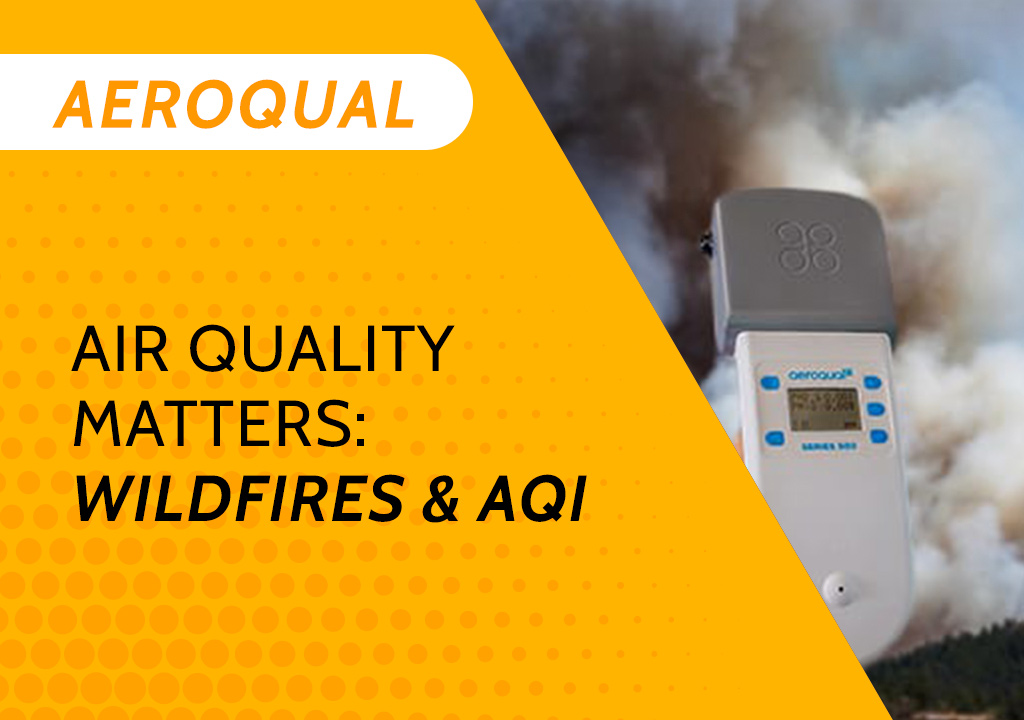 Air Quality Matters: Wildfires & AQI
Air Quality Matters: Wildfires & AQI -
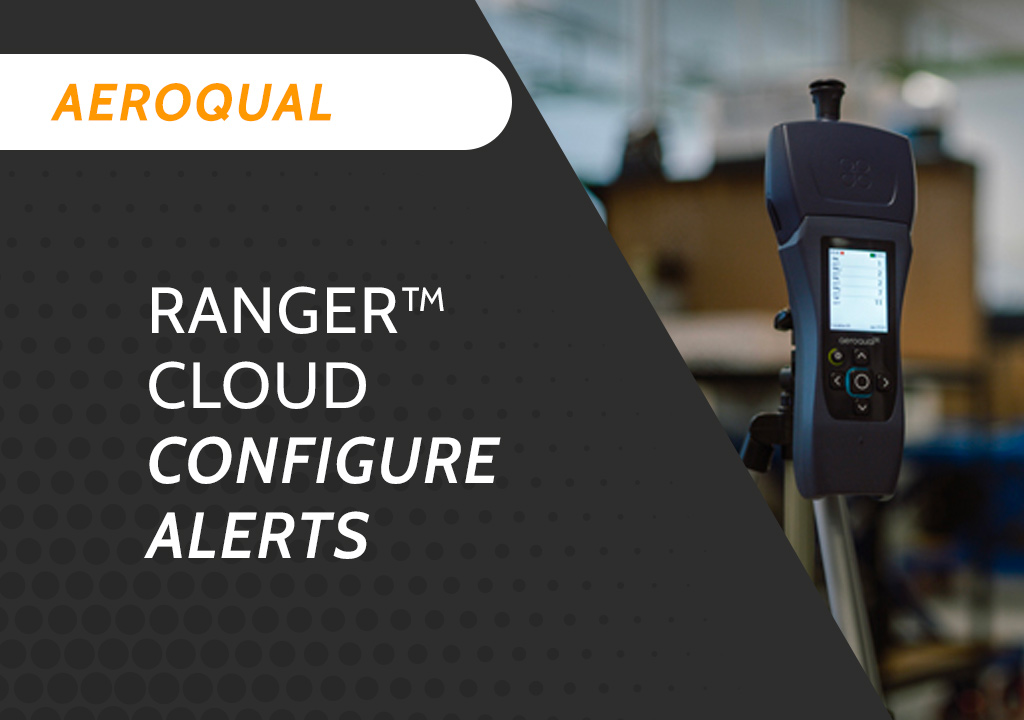 Aeroqual Ranger™ Cloud from Specto Technology - Configure Alerts
Aeroqual Ranger™ Cloud from Specto Technology - Configure Alerts -
 Aeroqual Ranger™ Cloud from Specto Technology - Connect to Wi-Fi
Aeroqual Ranger™ Cloud from Specto Technology - Connect to Wi-Fi -
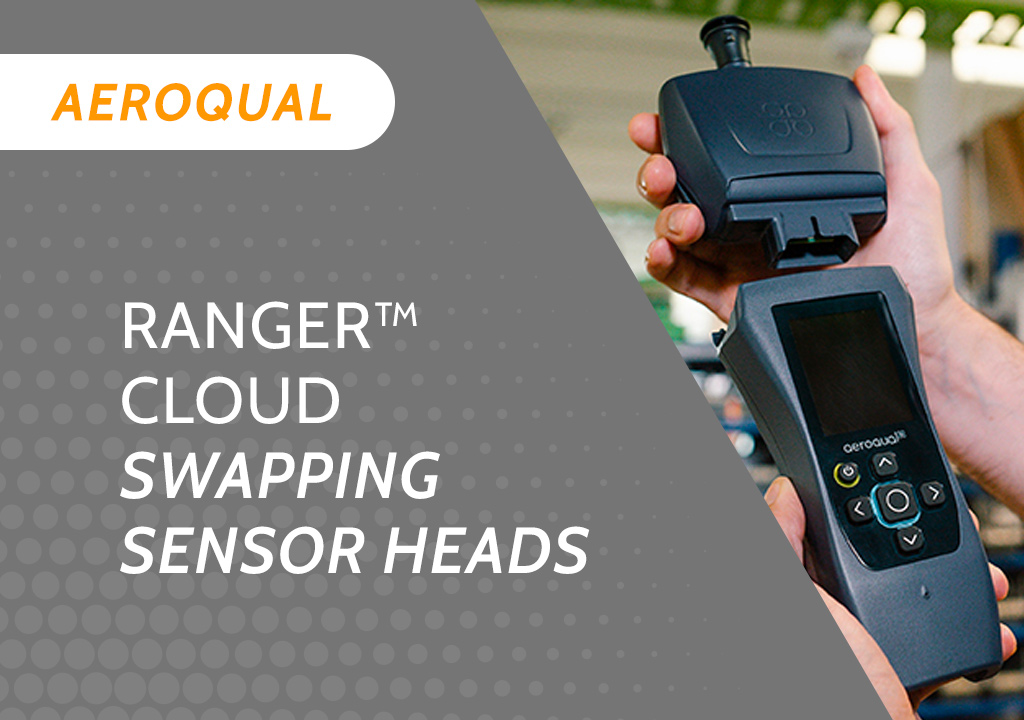 Aeroqual Ranger™ Cloud from Specto Technology - Swapping Sensor Heads
Aeroqual Ranger™ Cloud from Specto Technology - Swapping Sensor Heads -
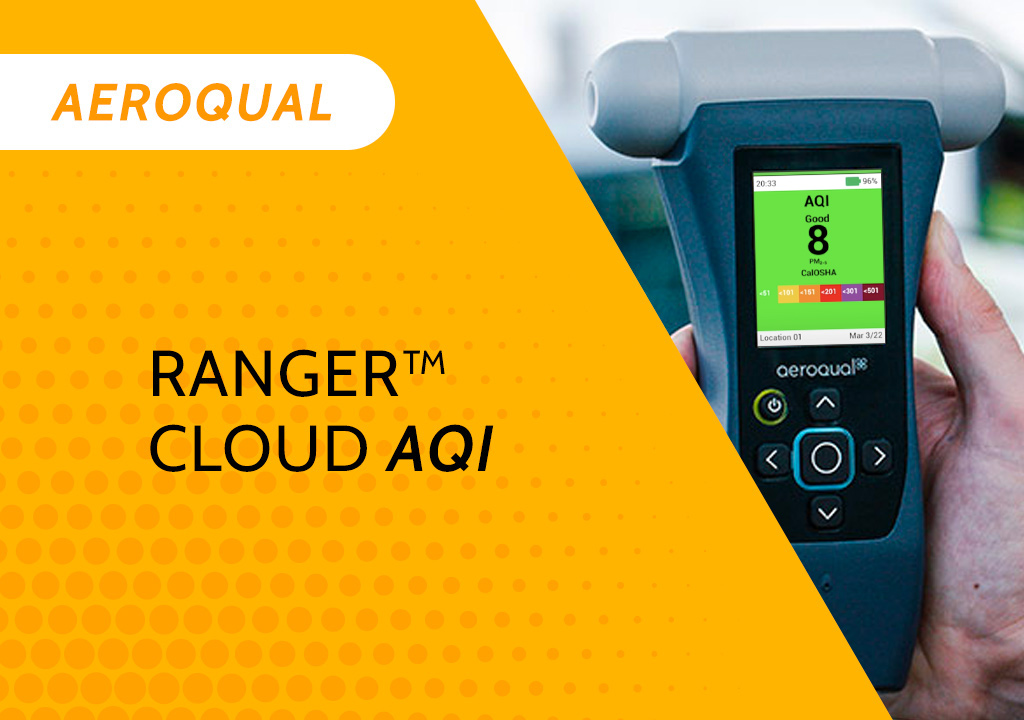 Aeroqual Ranger™ Cloud from Specto Technology AQI
Aeroqual Ranger™ Cloud from Specto Technology AQI -
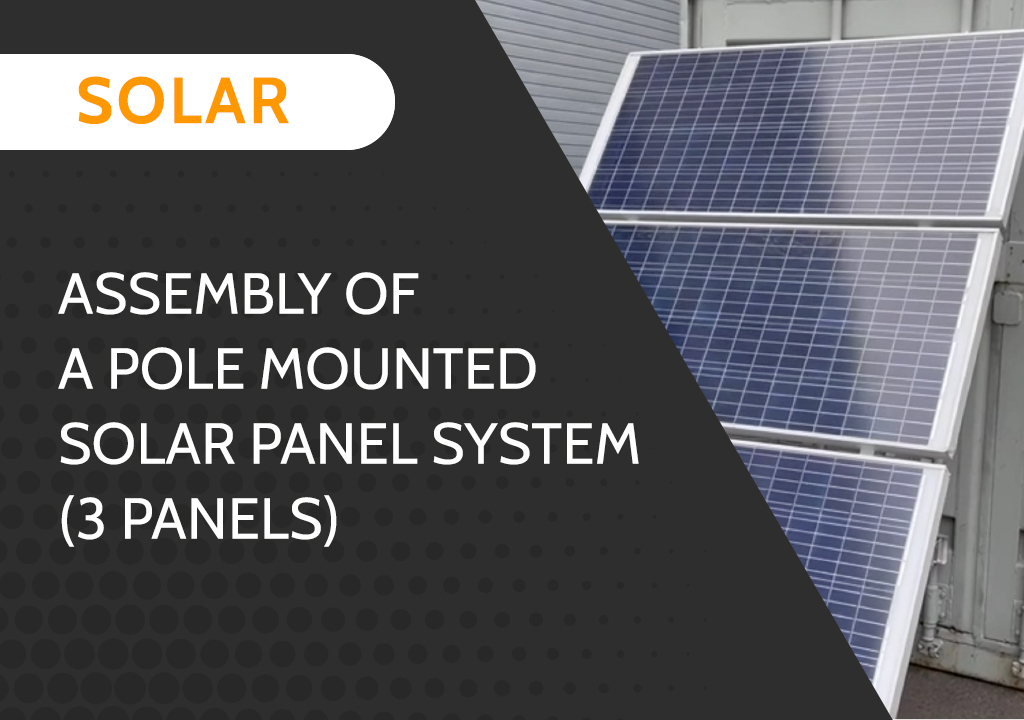 Assembly of a pole mounted solar panel system (3 panels)
Assembly of a pole mounted solar panel system (3 panels)
